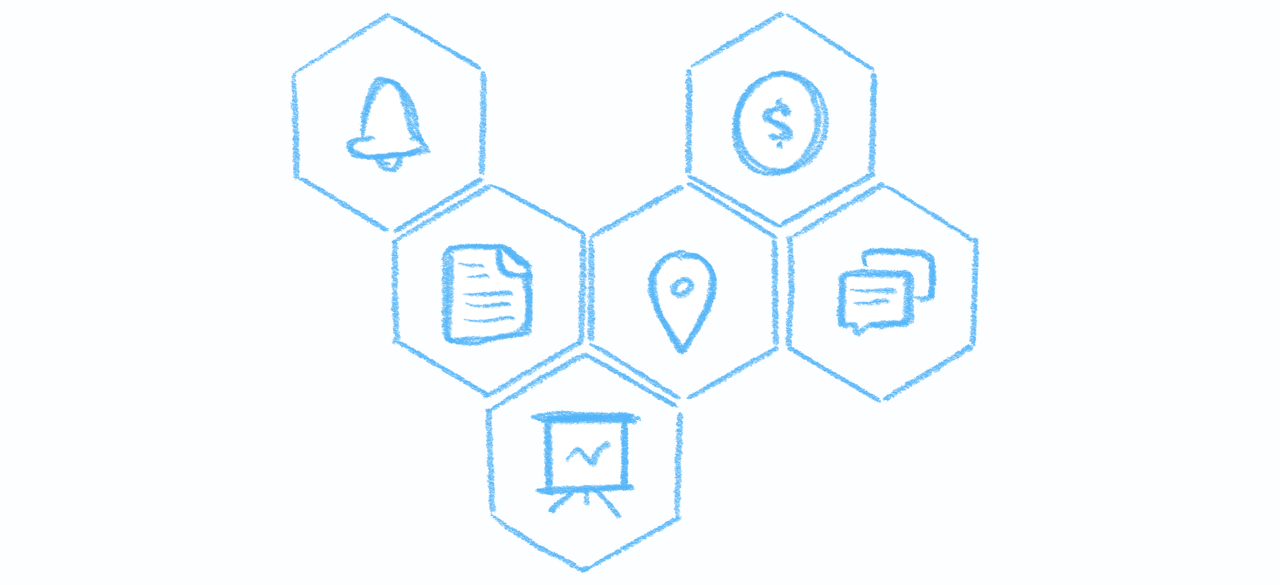Author:
Source
Sponsored:
Working in Public: The Making and Maintenance of Open Source Software - Audiobook

Unlock the Digital Creator Code!
bhavinhjoshi
Headless Drupal is changing the course for content management systems by offering a fresh approach to how digital content is delivered across platforms.
At its core, headless Drupal separates the backend (where content is stored and managed) from the frontend (where content is displayed). This decoupling allows for a greater range of flexibility and customization in how content is presented to users, leading to faster, more dynamic websites that can easily integrate with a multitude of modern tech stacks.
Why choose headless?
The benefits are abundant. By going headless, organizations can seamlessly deploy content across diverse platforms—from mobile apps and kiosks to IoT devices. This means a blog post, product description, or interactive experience can be shared consistently, regardless of where or how it is consumed.
However, embracing headless architecture is not without its challenges. Managing separate systems can introduce complexity. Multiple moving parts can sometimes lead to increased difficulty in synchronizing the backend with various frontends. Fortunately, Drupal’s API-first architecture mitigates these challenges by providing a strong foundation for developers to build upon, ensuring a cohesive integration between systems.
The real excitement comes with the capability to pair Drupal’s robust backend with cutting-edge front-end technologies like React, Vue.js, or Angular. This combination results in richer, more engaging user experiences that cater to modern audiences’ expectations for speed and interactivity. Developers have the freedom to innovate and tailor the user interface to meet the unique needs of their audience, unencumbered by traditional constraints.
Moreover, businesses are positioned to benefit tremendously from headless Drupal. They gain the ability to bring new features to market rapidly, allowing them to stay ahead in today’s fast-paced digital landscape. Scalability becomes less of a concern, as the architecture easily accommodates growth and a wide variety of digital touchpoints.
Headless Drupal doesn’t just promise flexibility; it delivers adaptability essential for future-proofing digital strategies. In an era where customer engagement is king, and technology continues to evolve at unprecedented speeds, having a versatile and powerful content management system is indispensable.
The question isn’t just whether headless Drupal is the future—it’s about understanding how this evolution in content management can redefine your digital strategy to better connect with users across every platform.







Add new comment